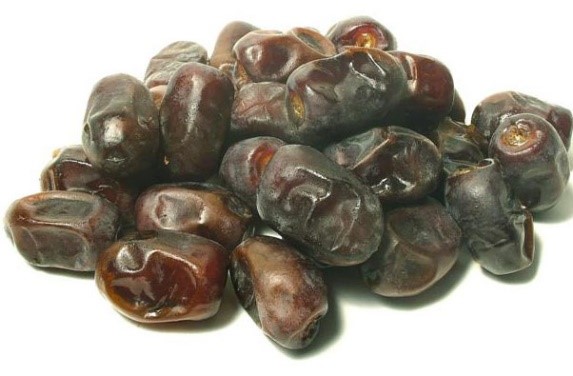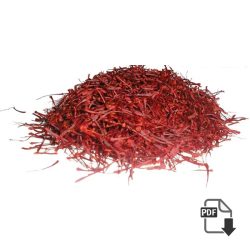Delight in the Sweetness: A Guide to Apricot Desserts Apricots, with their delicate sweetness and vibrant color, are the perfect fruit for creating delicious desserts. From cakes to tarts, apricots can elevate any dish with their unique flavor. In this guide, we'll explore the best apricot desserts and how you can easily incorporate this delightful fruit into your culinary creations. [caption id="attachment_15025" align="aligncenter" width="350"] dried apricot[/caption] Why Choose Apricots for...
Unlock the Health Benefits of Dried Apricots Looking for a convenient and nutritious snack? Dried apricots are a perfect choice. These naturally sweet treats are not only delicious but also packed with essential nutrients that can contribute to your overall health. Whether you enjoy them as a snack or incorporate them into your meals, dried apricots offer numerous benefits that make them a smart addition to your diet. [caption id="attachment_15026"...
Unlock the Health Benefits of Apricots for a Better You Are you looking to add a delicious and nutritious fruit to your diet? Apricots are not only sweet and flavorful but also packed with a variety of health benefits that make them a perfect addition to your daily routine. From improving skin health to supporting heart function, apricots are a small fruit with big health benefits. Apricot benefits The Nutritional...
History of cultivation apricot The center of diversity of the apricot is northeastern China near the Russian border. From there it spread west throughout central Asia. History of cultivation apricot Cultivation in China dates back 3000 years. The Romans introduced apricots to Europe in 70-60 BC through Greece and Italy. Agricultural Marketing Resource Center Apricots probably moved to the US through English settlers on the East Coast, and Spanish Missionaries...
Organic Dried Fruits Organic dried fruits: Organic food is produced according to certain legally regulated standards. For crops, it means they were grown without the use of conventional pesticides, artificial fertilizers or sewage sludge, and that they were processed without ionizing radiation or food additives. For animals, it means they were reared without the routine...
Apricot Fruit A drupe, about 1.5"-2.5" wide, with a prominent suture, yellow to orange ± red blush, having light pubescent or a nearly glabrous surface. Apricot Fruit Iran Apricot Manufacturer and supplier The pit is generally smooth, enclosing a single seed. The fresh color is mostly orange, but a few white-fleshed cultivars exist. Trees are fairly precocious, and begin fruiting in their second year, but substantial bearing does not begin...
Apricot cultivation The apricot is thought to have originated in northeastern China near the Russian border. In Armenia, it was known from ancient times. Apricot cultivation The Roman General Lucille’s (106-57 B.C.) even exported some trees, - cherry, white heart cherry, and apricot from Armenia to Europe. While English settlers brought the apricot to the English colonies in the New World, most of the modern American production of apricots came...
Medicinal and non-food uses Please for more information or any inquiry click here …… Fresh or dried, apricots are an excellent health and beauty food. Three small fresh apricots contain more than 50% of the recommended daily intake (RDA) of beta-carotene, a potent antioxidant. Beta-carotene prevents the build-up of plaque deposits in the arteries, protects the eyes from sun damage, and deactivates free radicals that, if left unchecked, accelerate the...
Contribution to diet Apricot Most of the crop is not sold fresh; drying and canning are popular options for apricots since they are so perishable. Cultivars that retain their color and flavor during drying like ‘Royal' and ‘Tilton' are best for this market. Contribution to diet Apricot Apricot cultivation Dried apricots can be easily re-hydrated, and are particularly popular with backpackers. As with plums, drying concentrates all nutrients several-fold. Per...
Apricot varieties Many varieties of apricots are grown in the Middle and Near East, especially in Turkey. In the United States, most apricots are grown in California, as they do not thrive as well on the East Coast. Among the more common varieties of apricots are the Derby, Moorpark, Royal, and Tilton. In California, two plum/apricot hybrids are sold under the names “plumcot” and “aprium.” Please for more information or...

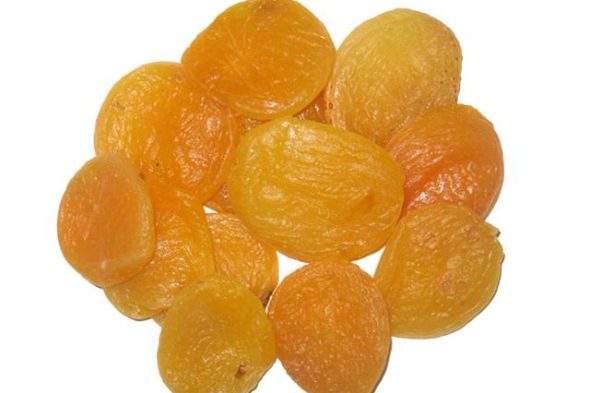
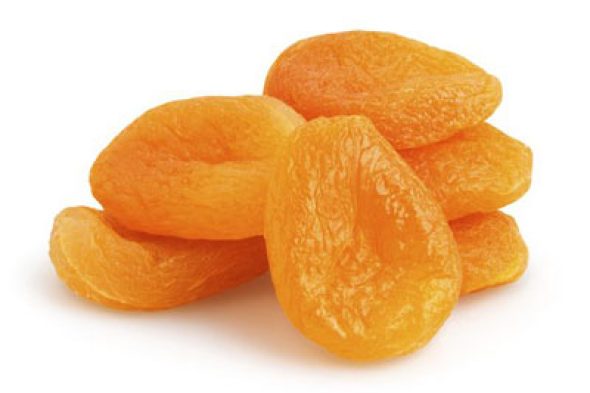
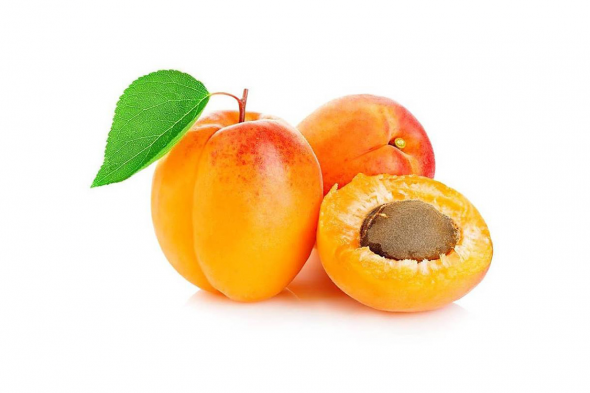
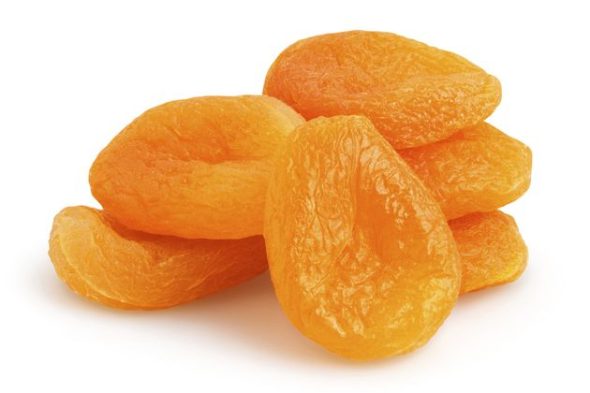
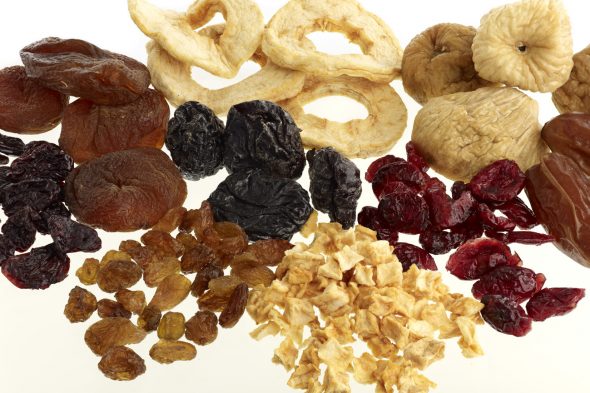
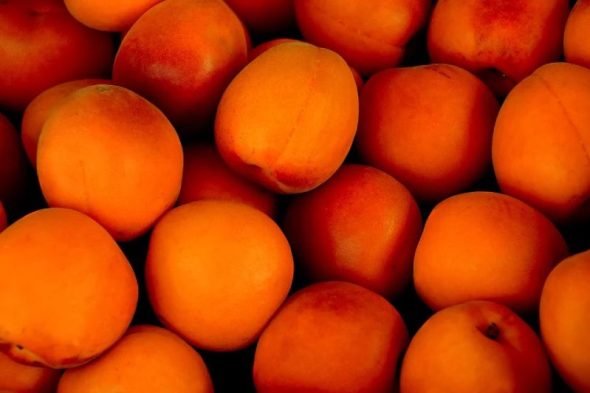
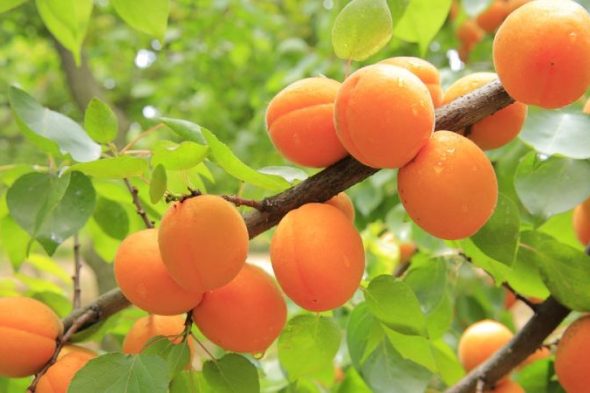
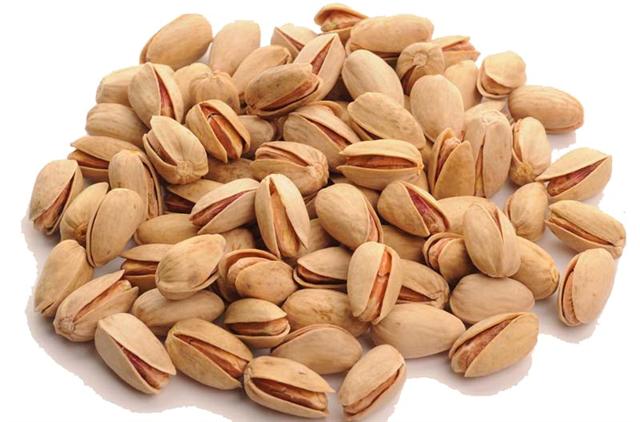
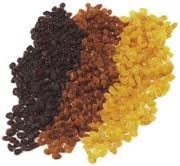 3 kind raisin
3 kind raisin 